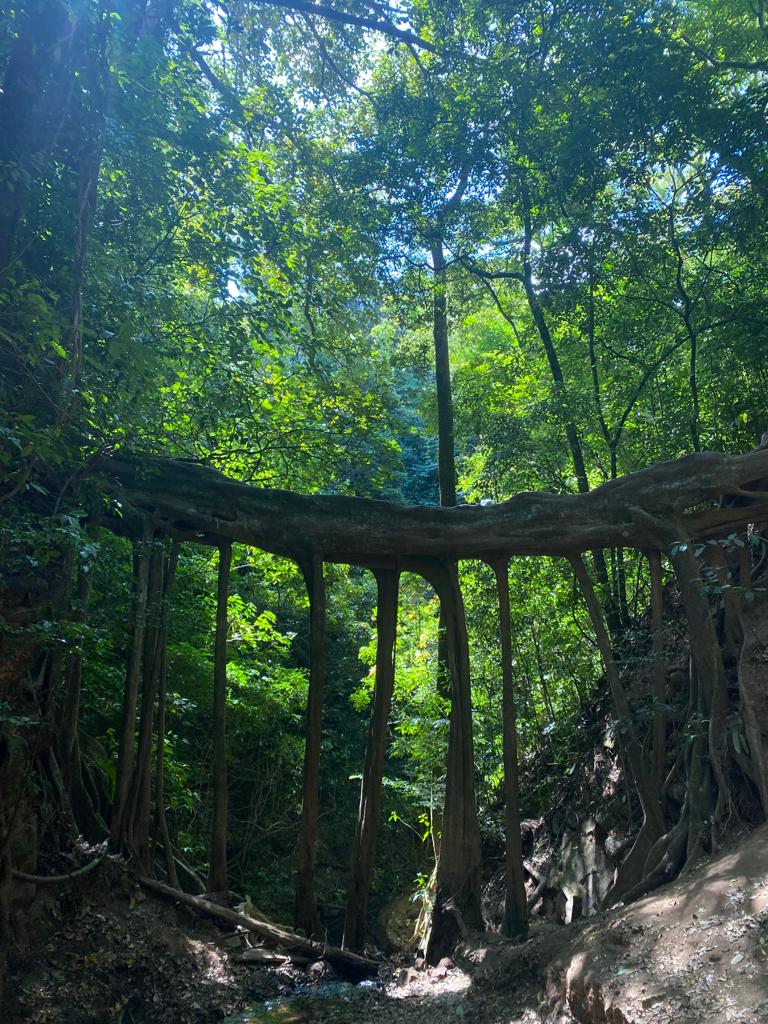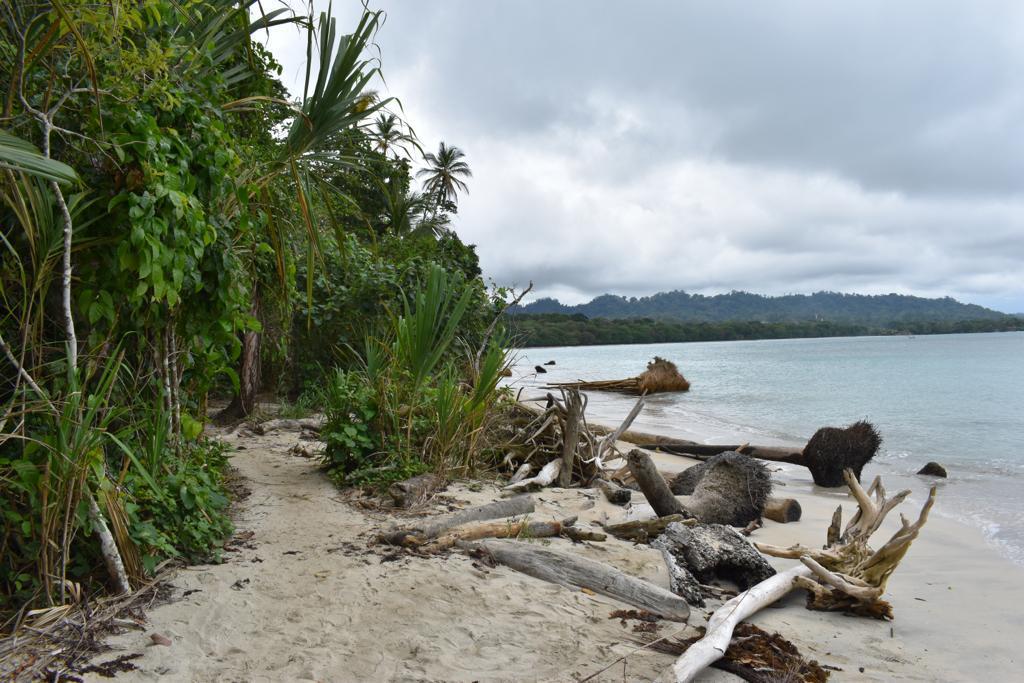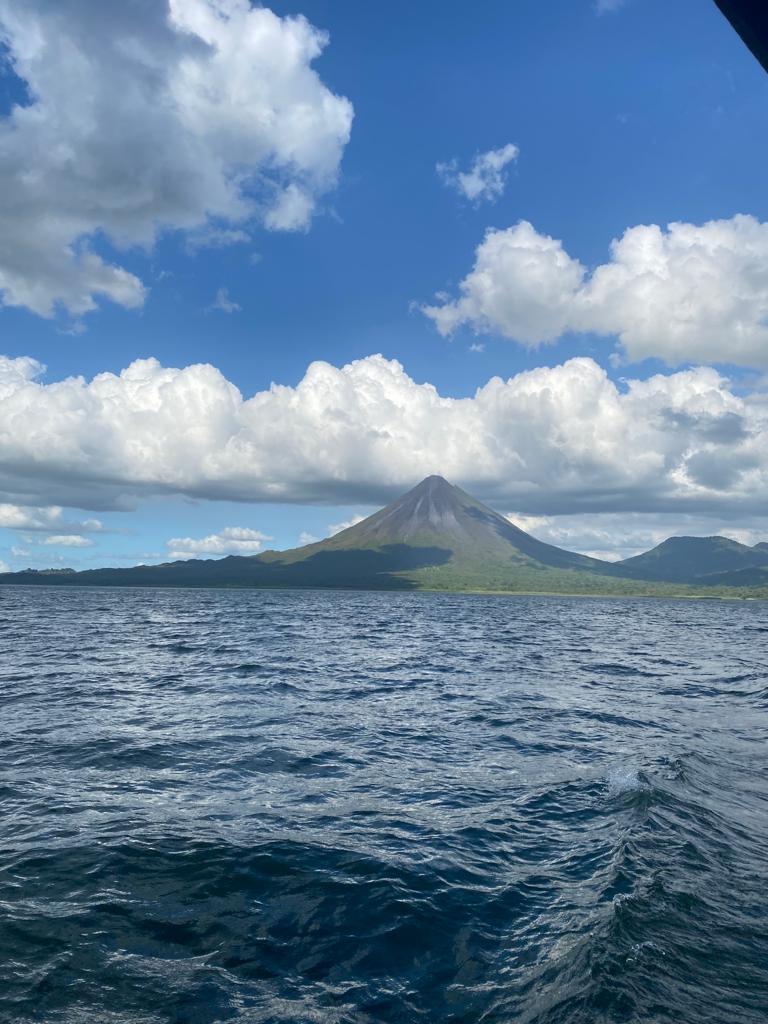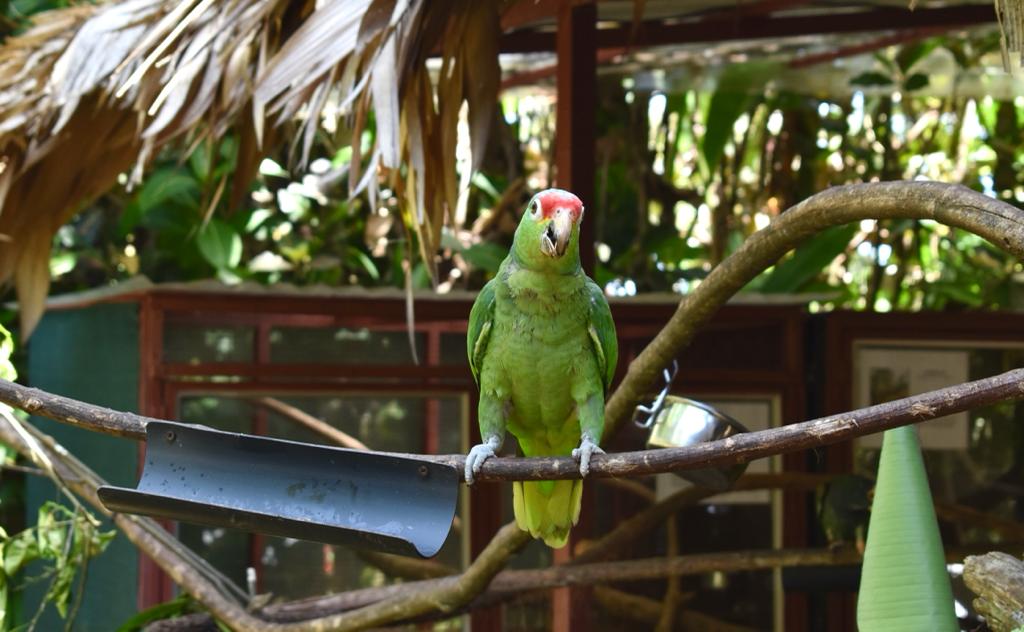Paving the way for the rest of Latin America to follow suit, Costa Rica holds the title of a truly remarkable example of sustainable tourism. The humble, coastal country boasts 5% of the world’s biodiversity and a proud array of ecotourism efforts, creating a precedent for other countries to join the fight towards sustainability.
The marvel that is Costa Rica is home to 12 different ecosystems, more than 500,000 species, and, with great credit to its name, rich, lush coastlines enveloping the lengths of the country. In recent years, it has proven to become an ideal destination for families, friends and backpackers alike, in search of the perfect tropical combination of rainforest, beaches and mountains.
The small country’s focus on living harmoniously with nature and its creatures is a sign of the times, and has skyrocketed the economy by boosting one of its main sectors – ecotourism has represented one of the largest industries in the country for nearly a decade.

For Costa Rica, the boost towards ecotourism was kicked off with the establishment of one of the most important national parks in the country: Cabo Blanco Nature Reserve on the Nicoya Peninsula. The area holds a special place in the heart of Costa Rica, being the first area created for nature conservation and sparking a trend which today sees 28 national parks and over 30% of the country protected for conservation work.
That is not to say Cabo Blanco is Costa Rica’s only highlight, as there are environmental projects to be found everywhere. One of the most unique of these is found a short distance from the small, bustling caribbean town of Puerto Viejo – Cahuita National Park. The park has a plethora of wildlife, spanning some 2635 acres of dense tropical rainforest, plush white beaches and luxuriant coral reefs. Renowned for catching a glimpse of wild animals up close – from two toed sloths, to howler monkeys, to Tamanduas – the extensive range of lush wildlife allows for a steady stream of visitors clamouring to experience the pristine and peaceful area for themselves. The locals of the area have not allowed mass tourism to suffocate the natural beauty and awe of the park, and instead have fantastically utilised the aforementioned popularity in pursuit of environmental and economic success.

Despite being one of the smaller national parks in the country, Cahuita plays a particular part in sustainable tourism through its connections with The Jaguar Rescue Center. The center has a rehabilitation system in conjunction with Cahuita National Park, rescuing injured, sick animals and nursing them back to health before releasing them into the protected park. They run two daily public tours of the center at $22 USD per person, which is then ploughed directly into the welfare and care of the animals. A striking showcase of the community surrounding ecotourism and sustainability, the center’s impressive work demonstrates just how important the wellbeing of animals is for the individual organisations.
Cahuita National Park is somewhat unique in the country, relying solely on donations of which the amount is decided by the visitors. Essential for the flocks of tourists each day to get involved with the conservation of the park, this allows for a direct and genuine responsibility and acknowledgment that their decided contribution will be giving back to preserving the natural beauty of Cahuita.

Another incredible area of environmental conservation is Monteverde Cloud Forest. The first non government owned national park in Costa Rica, it was established by a group of scientists from the Tropical Science Centre alongside Quakers from the local community. Featured by CNN as none of the top 25 most beautiful places globally, it sets a precedent for the rest of the country as a way to protect the natural world whilst also generating money for conservation work, all the while improving the living standards for the local people working hard on the upkeep of their land.

Costa Rica has multiple extensive methods in place for wildlife conservation; one of the most intriguing of these being the Law of Conservation of Wildlife, which was passed in order to protect wild animals from exploitation and domestication. Prohibiting images where tourists have direct contact with wild animals, it also regulates the use of animals in adverts, campaigns and documentaries. The interesting law has an unusually successful grasp on the preservation of wildlife and sustainability for the future of our planet.

Upon first glance, Costa Rica can appear intense with its many parks, systems and laws. However, with our continuously fluctuating climate and the universal fear surrounding global warming, this wonderfully unique country is the breakthrough that is needed for other Latin American countries to jump on the sustainable bandwagon towards a greener world.
For Times Media Mexico, Alice Kealey
TYT Newsroom



